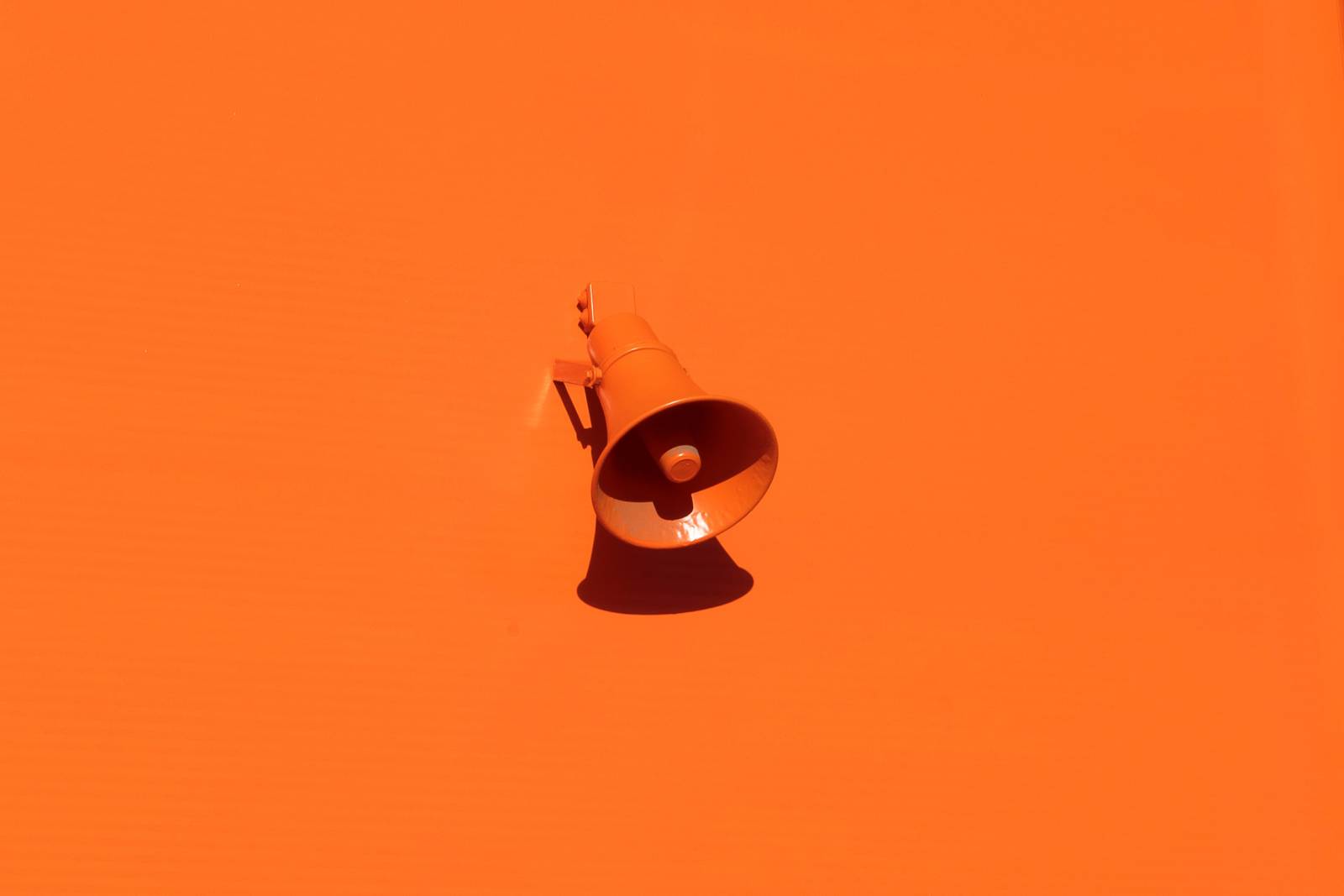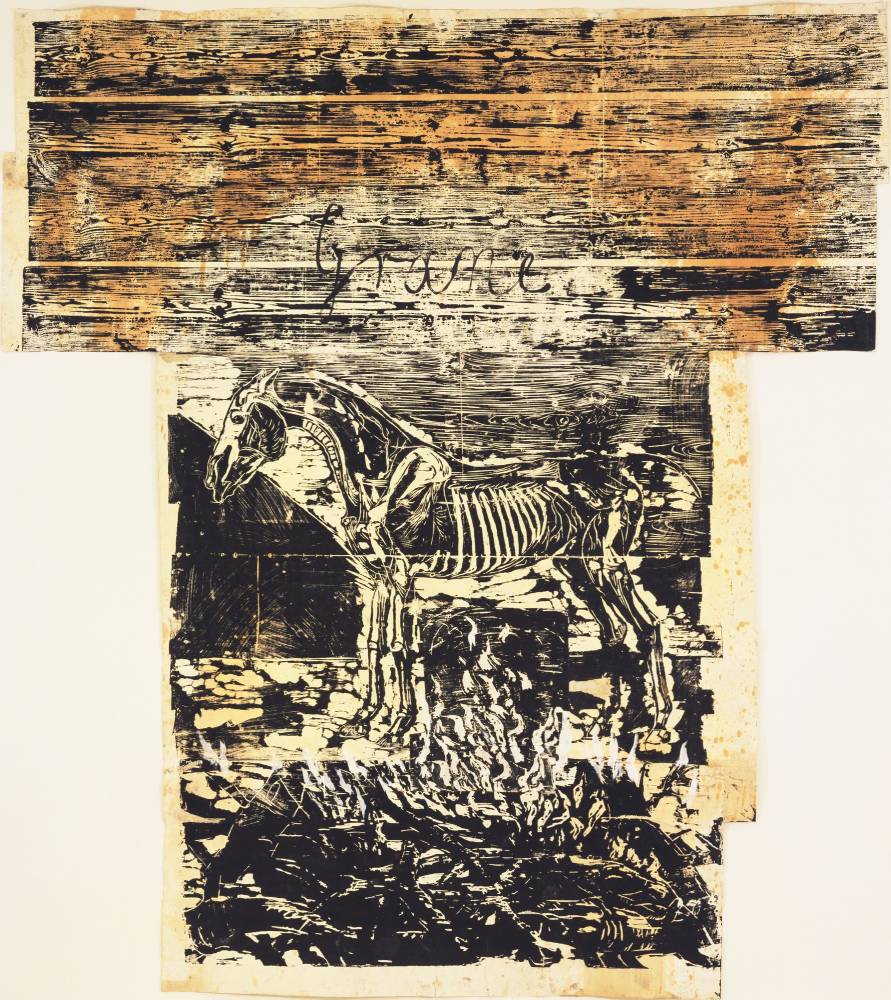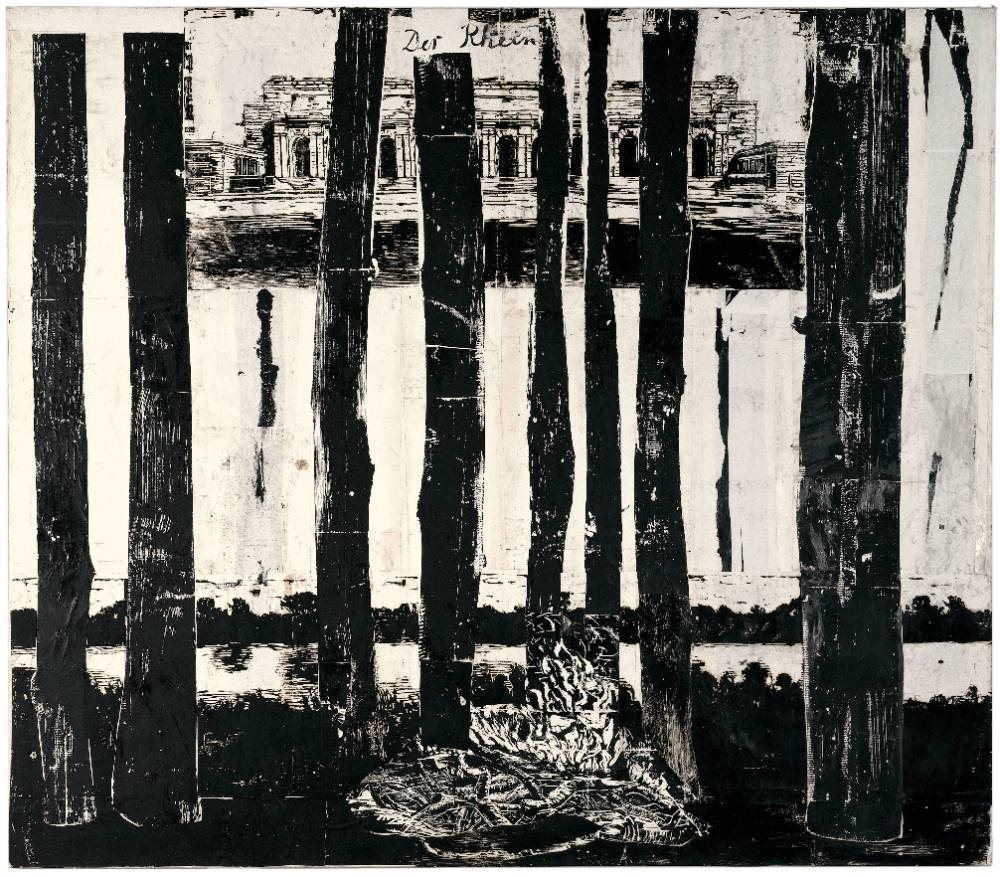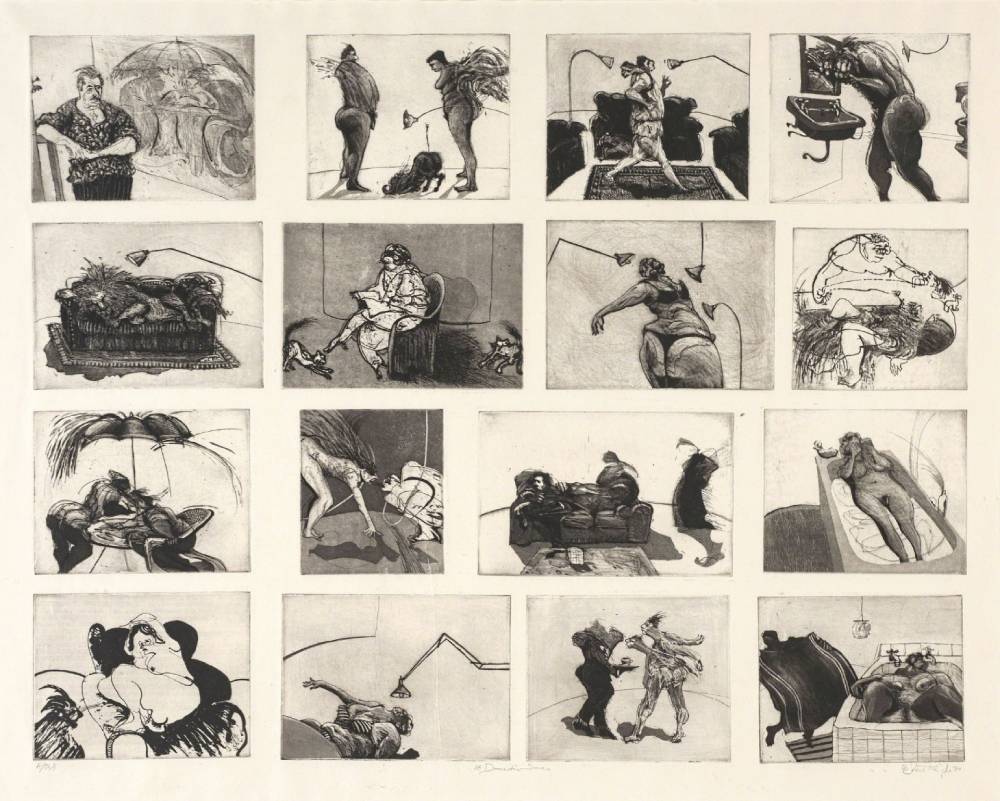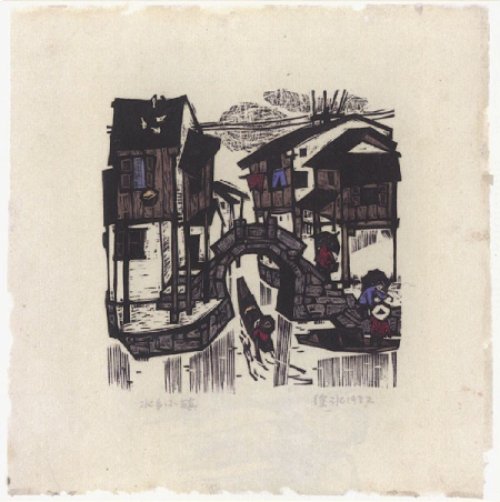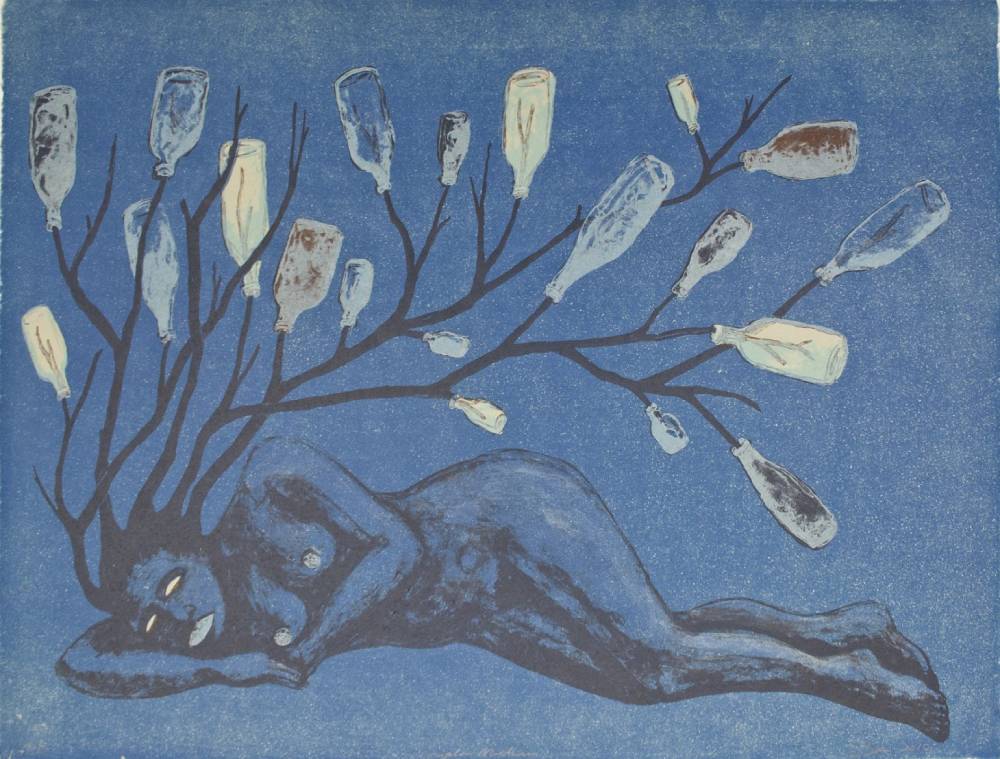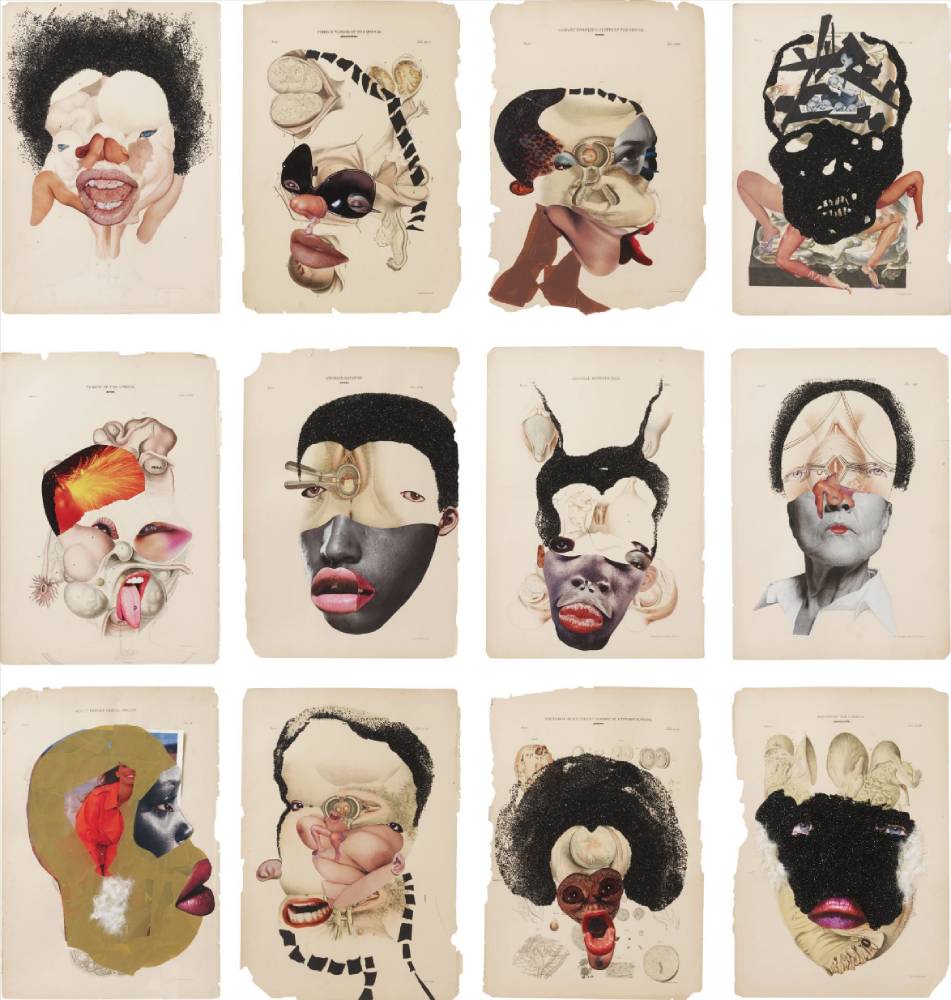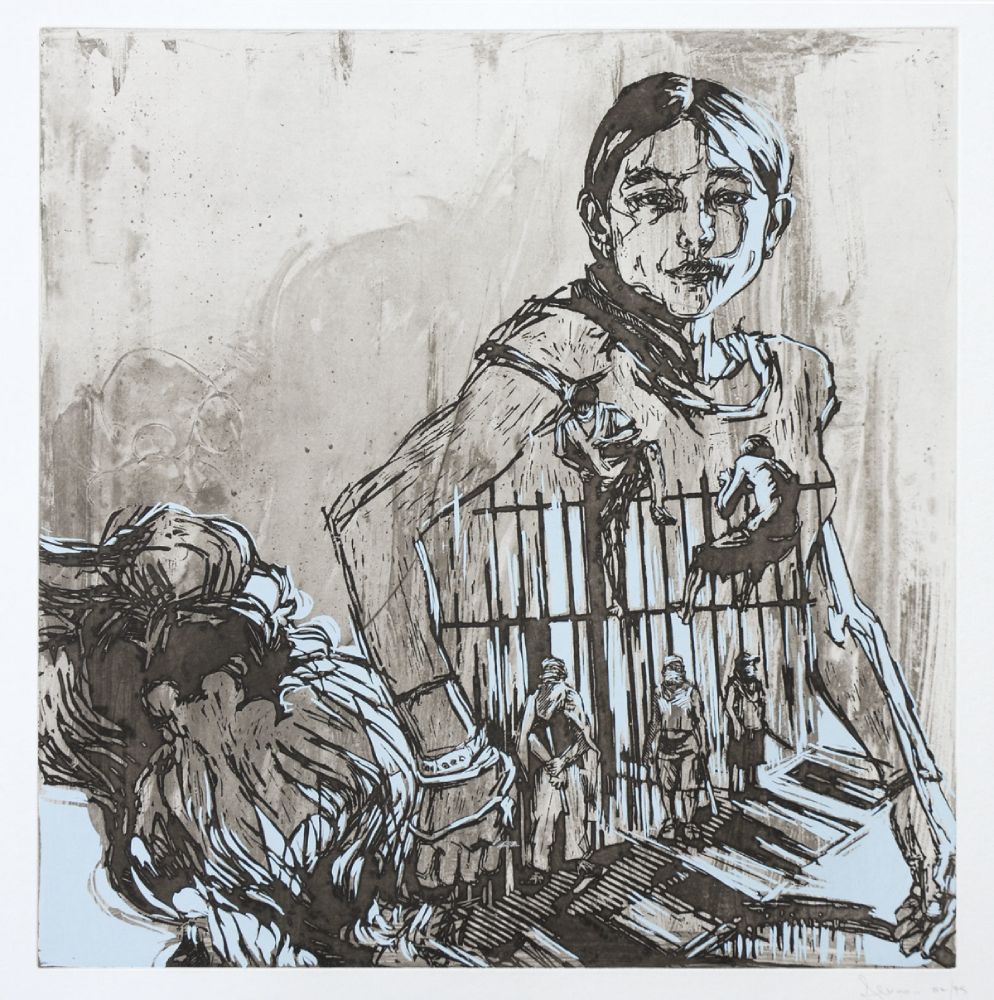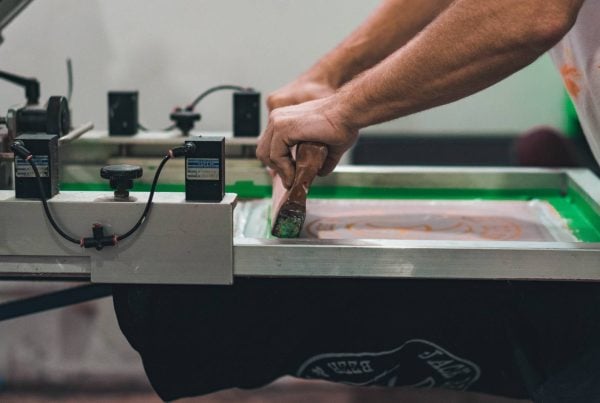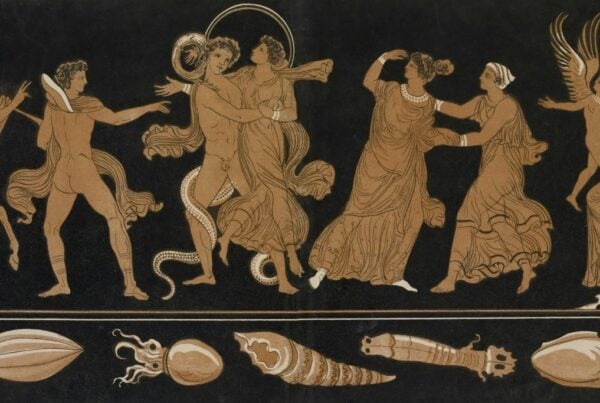Article commissioned by Hickman Design, Author – Dunja Karanovic
Ever since the development of offset and digital printing, traditional printmaking techniques such as woodblock printing, lino print, silkscreen and lithography have lost some of their appeal for industrial purposes. While the original use of printmaking as a means of multiplying an original sketch is no longer the main goal, the traditional processes have become liberated and open for reinterpretation, with many of the old techniques still being used and further developed in the fine art context. Now more than ever, printmaking has become an expansive field of creative exploration and experimentation.
In this article we will be examining the practices of a few contemporary artists who use printmaking as part of their artistic expression. This, of course, is not an extensive list, but a non-linear overview of the artistic voices of different printmakers from several generations and various parts of the world, exploring the part traditional printmaking techniques play in today’s pluralistic and genre-fluid world of art making.
Table of Contents
Anselm Kiefer (German, born 1945)
Anselm Kiefer is one of the most prolific artists of our time. He is a painter and sculptor, famous for his large format multimedia paintings exploring German mythology, poetry and some of the darkest periods of the nation’s political history. His printmaking practice is intertwined with his painting practice, in which he incorporates different materials and approaches, creating large formats on the verge of becoming spatial installations.
Kiefer started exploring woodcut in the 70s, and he has only ever worked in that particular technique, specifically using lime wood because of its softness. His woodcuts are never stand alone prints and they have never been printed in editions. The artist uses his woodcuts as elements for a larger painting, and their variation comes from the role they play in the composition, as well as their relation to the other printed or painted layers and different materials (wood, straw, shellac, etc).
Some of the most breathtaking examples of Kiefer’s mixed media woodcut collages are Grane (1980-93), The Rhine (1993), Hortus Conclusus (2007-2014), as well as his artist books such as Teutoburg Forest (1977), the concertina book Siegfried’s Line (1982-2013), and many others.
William Kentridge (South African, born 1955)
William Kentridge is a world renowned South African artist who works primarily in printmaking, drawing and animation. Well-versed in classical printmaking techniques, Kentridge focuses on intaglio, and his entirely black-and-white oeuvre is rich with narrative etchings, linocuts and ink drawings, reminiscent of some of the works of great masters such as Goya, Rembrandt and Daumier. As the artist often creates works for theater and plays, his prints and the characters in them often have a theatrical value, elements of scenography and drama.
He draws inspiration from mythology, history and political issues, but also literature and the performing arts. Innovative, yet deeply rooted in classical media (ink and charcoal drawing, intaglio), Kentridge puts a lot of importance trusting the process of working with his hands in his artistic practice. He understands printmaking as a democratic art form, which he prefers to the overly glorified and academic form of oil on canvas, and he often collaborates with different printmakers, playwrights and artisans.
Some of his best known works are the portfolios Domestic Scenes (1980s), Little Morals (1991), andUbu Tells the Truth (1996-1997).
Xu Bing (Chinese, born 1955)
Xu Bing is a Chinese artist best known for his creative uses of language, text and words in printmaking, calligraphy and installation art. Often very humorous and innovative, his works explore the semiology of contemporary society and modern technologies, while maintaining a dialogue with traditional culture, history and means of communication. Like many Chinese artists, Xu Bing is adept at woodcut, block printing and calligraphy and he uses them to express and explore more contemporary issues surrounding visual language, communication and media.
Shattered Jade (1977-1983) is an early series of woodcuts which the artist created while studying at the Printmaking Department of CAFA, while Five Series of Repetition (1986-87) and Big Tire (1986) marked his turn towards a more conceptual approach to printmaking. Lost Letters (1997) is a great example of a work which combines the history of printmaking and a traditional technique with mixed-media installation and contextual art.
Some of his most famous works, however, go beyond the framework of a single technique or media; examples of this are Monkeys Grasping for the Moon (2008-ongoing), Landscript Postcards (1999–2000) and his Tobacco Project, which started in 1999 and has had many iterations in many cities across the globe.
Alison Saar (American, born 1956)
Alison Saar is an American visual artist who uses painting, printmaking and sculpture to express ideas concerning race, gender, spirituality and culture, with a special focus on African diaspora and black female identity. She uses various materials in her sculptures and installation works, while her main focus in printmaking is woodcut. Her woodcuts are figurative, vivid in colour and often created using several woodblocks.
The most common motif in her prints is the female body, a stand-alone figure with a strong black outline, with certain symbols attached to the hair or body – cotton flowers, empty bottles, or household items Cotton Eater (2014), White Guise (2019), Compton Nocturne (2012). The portraits usually have white irises, creating an eerie mask-like representation, reminiscent of the realms of myths and rituals. Saar’s prints often correlate to her mixed-media sculptures.
Her most recent portfolio Copacetic (2019) is a series of eight multi-block linocuts printed on Japanese handmade Hamada Kozo paper, celebrating the musicians and artists of the Harlem Renaissance in vivid, primary colours and dynamic compositions.
Elizabeth Peyton (American, born 1965)
Elizabeth Peyton is an American painter and printmaker famous for creating small-scale, intimate, seemingly effortless ink wash portraits of celebrities, historical figures and personal friends. She was one of the leading artists in the return to figurative painting during the 1990s. Her works deal with the pop-culture of 20th-century America, and the notions of celebrity, idolatry and obsession. Her printmaking practice, like her painterly works, is mostly figurative and realistic, with modest formats, an understated sensuality and economy of expression.
Elizabeth Peyton creates woodcuts which relate to the ink wash feel of her paintings insofar as they are free-hand carvings, simple in technique yet powerful in the expressiveness and directness of her strokes.
The artist’s direct approach is most apparent in her lithographs and etchings, which have all the vibrancy and spontaneity of an impromptu sketch.
The subtle changes in the lightness of her brushstrokes are especially impressive considering the complexity of the lithographic process.
Notable examples of this kind of mastery are Peyton’s lithographs Kiss – Tony (2000), Oscar and Bosie (1998), John (John F. Kennedy, Jr. on Horseback) (2000) , and others.
Wangechi Mutu (Kenyan, born 1972)
Wangechi Mutu is an African artist of a younger generation, primarily active in painting, performance-based practices, video and installation art. Her works deal with contemporary questions of identity and globalisation, the female body and gender constructs as well as colonialism, political, and environmental issues. Mutu uses a lot of collage in her art, expressing the complexities and intersectionalities of identity politics, gender, race and self-image.
The main motif in her works is the female face and body; in her own words, “Females carry the marks, language and nuances of their culture more than the male. Anything that is desired or despised is always placed on the female body.” Her printmaking practice relies a lot on collage and digital printing, but she also uses different printmaking techniques such as etching, screen printing and letterpress to create large and medium-scale mixed-media pieces.
The Original Nine Daughters (2012) is a series of 9 mixed-media works which combine silkscreen, intaglio and relief printing in an exploration of the centuries of gender-based violence and misrepresentation of women in mainstream culture, science and fine arts. Histology of the Different Classes of Uterine Tumors (2006) is another series dealing with similar issues through digital printing and collage.
Irene Carvajal (Costa Rican-American, born)
Irene Carvajal is a contemporary Costa Rican-American artist based in San Francisco, active in many artistic disciplines. Her practice involves various printmaking techniques such as collagraphy, intaglio and monoprinting, as well as other media such as collage, installation and sculpture. Carvajal’s works often deal with the topics of colonialism and globalization, labour, gender issues, value and mass production, and especially the textile industry.
Many of her recent works, including a series of large-scale collagraphs, have dealt with the global effects of clothing companies, their unfair labour practices, the unsustainable usage of natural resources and waste created by the textile industry. Her collagraphs are an homage to the work, resources and geographies involved in producing an item of clothing. The artist also includes printmaking into her social practices and performance art; in 2014, she created a series of collagraphs following the work day of a garment worker in Costa Rica. Carvajal is also a printmaking instructor at SFAI, and she lectures at San Jose State University and Stanford University.
Josh MacPhee (American, born 1973)
Josh MacPhee is a Broklyn-based printmaker, curator and activist, founder of the Justseeds Artists’ Cooperative and author of Paper Politics: Socially Engaged Printmaking Today (2009). MacPhee’s activism, artistic and curatorial practices are devoted to the promotion, affirmation and distribution of socially and politically engaged graphics. In 2004, before publishing his book, he curated an exhibition entitled Paper Politics, which included some of the most influential political printmakers today (Sue Coe, Dara Greenwald, Swoon, and others).
His works are mainly created by screen printing, relief and risograph printing, as they are intended to be visually stimulating, easily distributed political posters, as well as stickers and postcards. The prints depict messages concerning police brutality, racism and conflict, as well as environmental issues and human rights, in vibrant colours and dynamic compositions of text, symbols and colour fields.
The Justseeds Artists’ Collective is devoted to promoting a democratic, environmentally-friendly and community-based printmaking practice which raises awareness on burning issues in contemporary society, while also creating a platform for sharing art and artistic practices.
Swoon (American, born 1977)
Caledonia Curry, alias Swoon, is another Brooklyn-based artist, who became one of the few well-known female artists working in large-scale street art and murals in public space. Swoon is famous for her community-based projects, site-specific installations and large paste-up portraits. Her practice is largely devoted to healing and rehabilitating capacities of art, bringing art to marginalized and underrepresented contexts and working with communities experiencing crises. Braddock Tiles (2007-2017), Konbit Shelter and The Music Box Village are notable examples of her socially engaged, community-based projects.
Her printmaking practice is also present in her street art, for which she became widely recognized during the 2000s, alongside Banksy, JR and similar artists who were pushing the boundaries of street art at the time. Swoon used woodcut and lino printing to hand print large, detailed portraits, which she later wheat pasted onto buildings in various cities around the world, thus bringing high-quality artwork to often abandoned industrial zones. Her style is realistic, with an emphasis on the graphic values, outlines and intricate details, which are often present in the form of ornaments, textiles and patterns added to the backgrounds of the portraits.
Contemporary printmaking is an expansive field so it would be difficult to cover all of the issues, practices and experiments currently going on in the art world, but hopefully this article gave you a taste of its multitude of possibilities, and an insight into some of the most fascinating printmakers today. We encourage you to continue researching and discovering more about what’s going on in the world of printmaking!
Further Reading:
- https://www.moma.org/calendar/exhibitions/79
- https://todaysartworld.wordpress.com/2017/08/09/contemporary-printmaking/
- https://theartofeducation.edu/2020/10/05/october-9-printmakers-to-inspire-learning/
- http://www.jordanschnitzer.org/current-exhibitions-events/contemporary-women-printmakers
- http://www.vam.ac.uk/content/articles/p/prints-21st-century/
- https://magazine.art21.org/tag/printmaking/
- https://www.jstor.org/stable/j.ctv18b5gm2




